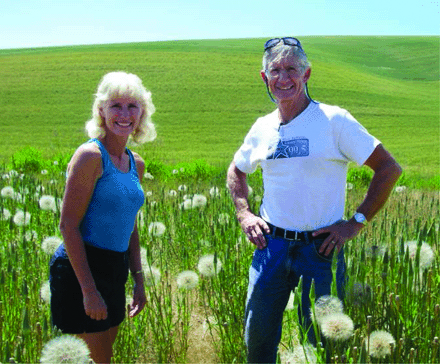WEBINAR — Using Evolutionary History as a Tool for Plant Conservation
“Using Evolutionary History as a Tool for Plant Conservation” was originally broadcast live on Jan. 12, 2021. View the recording above.
What will Florida’s ecosystems look and feel like in the future? Using herbarium records, scientists can predict how Florida’s native plants will react to our changing climate. Some species, for instance, will face extinction due to the shrinking of suitable habitat. Others, such as those adapted to the Central Florida scrub, may greatly expand their presence. In this presentation, Drs. Pamela and Douglas Soltis discuss how an “evolutionary tree” is being built with molecular samples from herbarium collections to predict Florida’s natural future.

Drs. Pamela and Douglas Soltis are Distinguished Professors in the Florida Museum of Natural History at the University of Florida. They use molecular data, herbarium collections, and computational methods to study plant diversity at multiple phylogenetic and geographic scales. Although most of their work focuses on the plant branch of the Tree of Life and the evolutionary processes that generate diversity, their research also has implications for conservation and management of plant diversity, particularly in Florida, both in the present and under models of climate change.
